Pennsylvania has long supported its seniors, disabled residents, and low-income families through property tax and rent relief programs. In 2025, many residents are seeing expanded benefits, helping them stay in their homes and relieve financial pressures. Major cities from Philadelphia to Pittsburgh, as well as smaller communities in Erie, Scranton, York, and Allegheny County are all affected.
This comprehensive article examines the PTRR program boost, outlines its benefits, breaks down the statistics city by city, and explores the broader impact on Pennsylvania households.
The Expanded Property Tax/Rent Rebate (PTRR) Program: An Overview
The Property Tax/Rent Rebate (PTRR) Program is the Commonwealth’s flagship initiative to help eligible homeowners and renters offset some of the financial burden of property taxes or rent. Funded by the Pennsylvania Lottery and gaming revenues, the program distributes hundreds of millions of dollars annually to those who need it most.
PTRR provides a rebate ranging from $380 to $1,000 for eligible households, with potential for supplemental rebates up to $1,500 in key cities. The 2025 expansion means that more households qualify, and the rebates themselves are larger than ever before.
Who Benefits From the Boost? Seniors, Widows, and People With Disabilities
Primary Eligibility:
-
Seniors aged 65 and above
-
Widows and widowers aged 50 and above
-
People with disabilities aged 18 and older
The goal: Prevent vulnerable residents from being forced out of their homes due to rising costs.
Income Limits and Rebate Amounts
Income Thresholds (Annual Household)
-
Up to $46,520 for both homeowners and renters (excluding half of Social Security income)
Standard Rebate Amounts
| Annual Household Income | Homeowners & Renters Rebate |
|---|---|
| $0 – $8,270 | $1,000 |
| $8,271 – $15,510 | $770 |
| $15,511 – $18,610 | $460 |
| $18,611 – $46,520 | $380 |
Supplemental Rebates
For residents with the greatest need—especially in Philadelphia, Scranton, and Pittsburgh—additional rebates ranging from $190 to $500 are available, potentially boosting the total relief to $1,500 for qualifying applicants.
Key Changes for 2025: What’s New This Year
-
Maximum rebate increased: Now up to $1,000 (standard), up to $1,500 (with supplements)
-
Income limits raised: Both homeowners and renters now qualify with up to $46,520 in annual income
-
Annual adjustment: Income limits now rise each year with the cost of living
-
150,000+ new applicants: The 2025 expansion has brought in many first-time filers who were previously excluded
Statistics: How Many Pennsylvanians Are Benefiting?
-
425,000 rebates distributed in the first half of 2025, totaling $258 million
-
Over 522,000 residents received rebates last year, setting a record for the program
-
Since its founding in 1971, more than $8.6 billion has been distributed to eligible Pennsylvanians
-
The 2025 expansion opened PTRR to almost 175,000 new recipients across the state, including people in Adams, Allegheny (16,500 new), Berks (5,700), Philadelphia (20,300), and Westmoreland (6,900)
Impact Across Pennsylvania’s Cities and Counties
Philadelphia
-
Over 20,300 newly eligible residents in 2025
-
Many households qualify for the maximum $1,500 with supplemental rebates
-
Real estate tax freeze and homestead exemption programs available—average homeowner saves $1,399 per year
Pittsburgh & Allegheny County
-
Allegheny County: 16,500 new beneficiaries
-
Act 77 Senior Tax Relief: a 30% discount on property tax, max $650 reduction per year
Scranton
-
Supplemental rebates boost relief for many in this key city
-
Benefits both homeowners and renters
Erie
-
4,800 residents newly eligible in 2025
-
Local organizations help families apply and access these funds
Other Cities: Reading, York, Lancaster, Harrisburg
-
Each has thousands of new qualifying applicants due to the income threshold expansion, providing crucial support to local seniors and low-income households
County Breakdown (Newly Eligible Beneficiaries)
-
Berks County: 5,700
-
Montgomery County: 5,000
-
Bucks County: 4,500
-
Luzerne County: 6,000
-
York County: 5,600
How PTRR Is Transforming Lives: Real Stories
Across Pennsylvania, residents describe the PTRR program as “a lifeline” that provides flexibility for essentials—like food, medicine, and heating—instead of facing late payments or the threat of losing their homes.
A senior in Dauphin County stated, “The relief helped me keep my house warm in the winter and pay for my prescriptions without having to sacrifice meals.” In Lancaster, a disabled renter noted, “With my rebate, I worry less every month. It’s the difference between stability and desperation.”
The Rent Relief Landscape: Additional Programs
While PTRR is the primary program, Pennsylvania has also administered other rental assistance initiatives:
-
Emergency Rental Assistance Program (ERAP): Provided funds for renters affected by pandemic-related income loss; support continued until September 2025 or exhaustion of funds.
-
In Chester, renters can access up to $750 per month for six months
-
Local city programs (like the Philadelphia Housing Development Corporation) offer additional emergency rent support, targeting families on the brink of eviction
How to Apply for PTRR and Other Relief
Application Deadlines:
-
PTRR: Apply by December 31, 2025
-
ERAP: Until September 30, 2025 or until funds run out
Application Methods:
-
Apply online for PTRR via the state’s myPATH system for fast processing and instant confirmation
-
Assistance is available at local senior centers, Department of Revenue offices, and through area agencies on aging in cities like Pittsburgh, Scranton, and Erie
Required Documentation:
-
Proof of age, disability, income, and property tax/rent payments
Challenges and Considerations
Despite expanded eligibility, some challenges remain:
-
Not all elderly or low-income residents are aware of these programs or know how to apply
-
Navigating the paperwork and understanding eligibility can be daunting, especially for those without internet access
-
Some renters and homeowners report waiting several months for their rebates
Ongoing outreach, especially in rural and underserved neighborhoods, is crucial to connect every eligible Pennsylvanian with the relief they need.
The Path Forward: A Lifeline for Vulnerable Pennsylvanians
The expansion of PTRR, coupled with additional rent relief, marks a critical step in keeping Pennsylvania’s seniors and low-income families housed and financially stable. By increasing rebate amounts and income thresholds—and by tying future increases to inflation—the Commonwealth ensures long-term sustainability of support.
Cities such as Philadelphia, Pittsburgh, Scranton, Erie, and many others see the direct benefits: stabilized households, reduced risk of homelessness among the elderly, and community resilience as more residents are able to remain in their homes.
Conclusion
Property tax and rent relief in Pennsylvania is more robust than ever for 2025, due to substantial legislative action and increased funding. From Philadelphia to York, Pittsburgh to Harrisburg, seniors and low-income families are receiving the support they need to remain secure and independent.
As the program continues to evolve, ongoing awareness and outreach are essential. With over a half-million residents benefiting and more than $8.6 billion provided since 1971, Pennsylvania continues to lead the way in ensuring housing stability for its most vulnerable households.
Residents who may qualify are urged to apply promptly to take advantage of this historic support—and enjoy peace of mind as the cost of living rises.

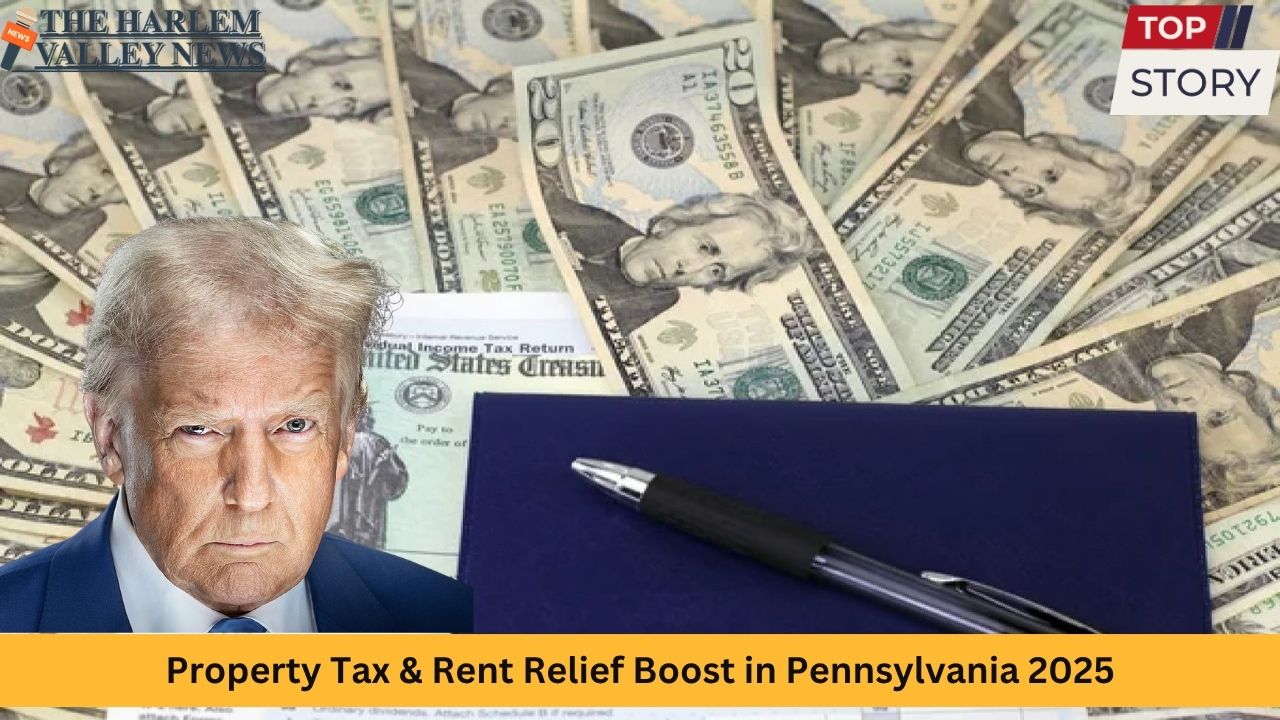



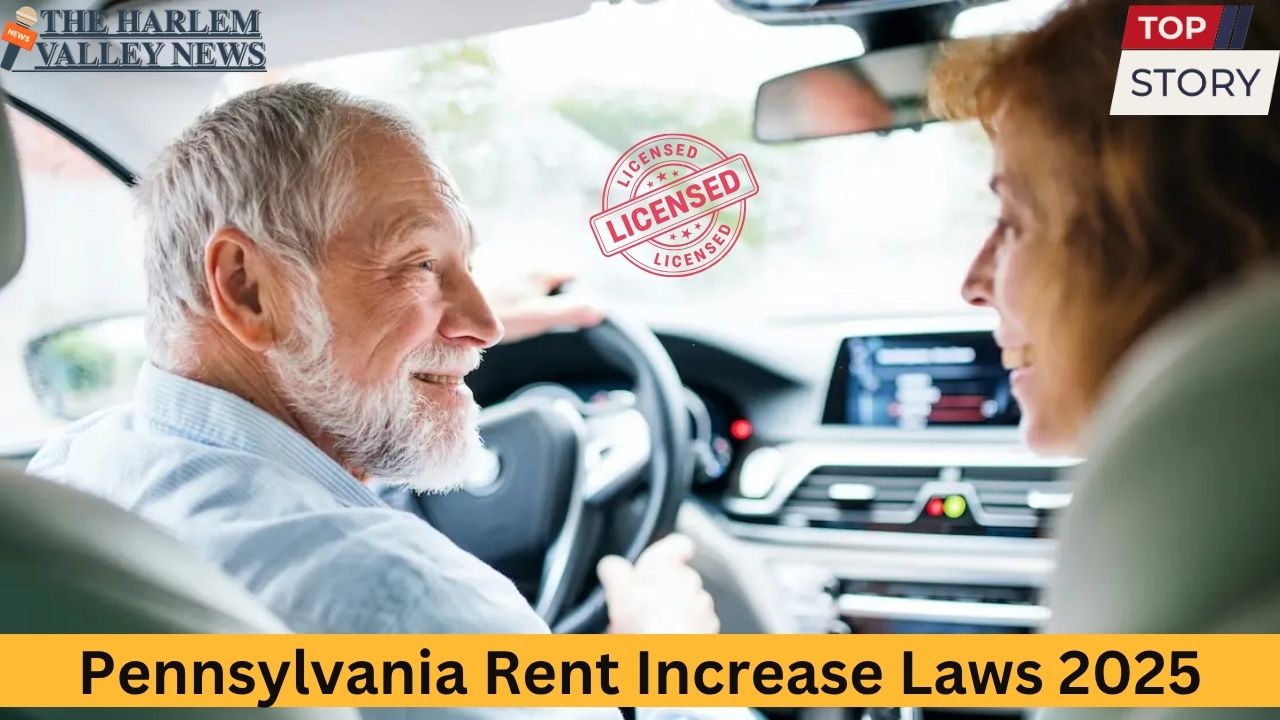
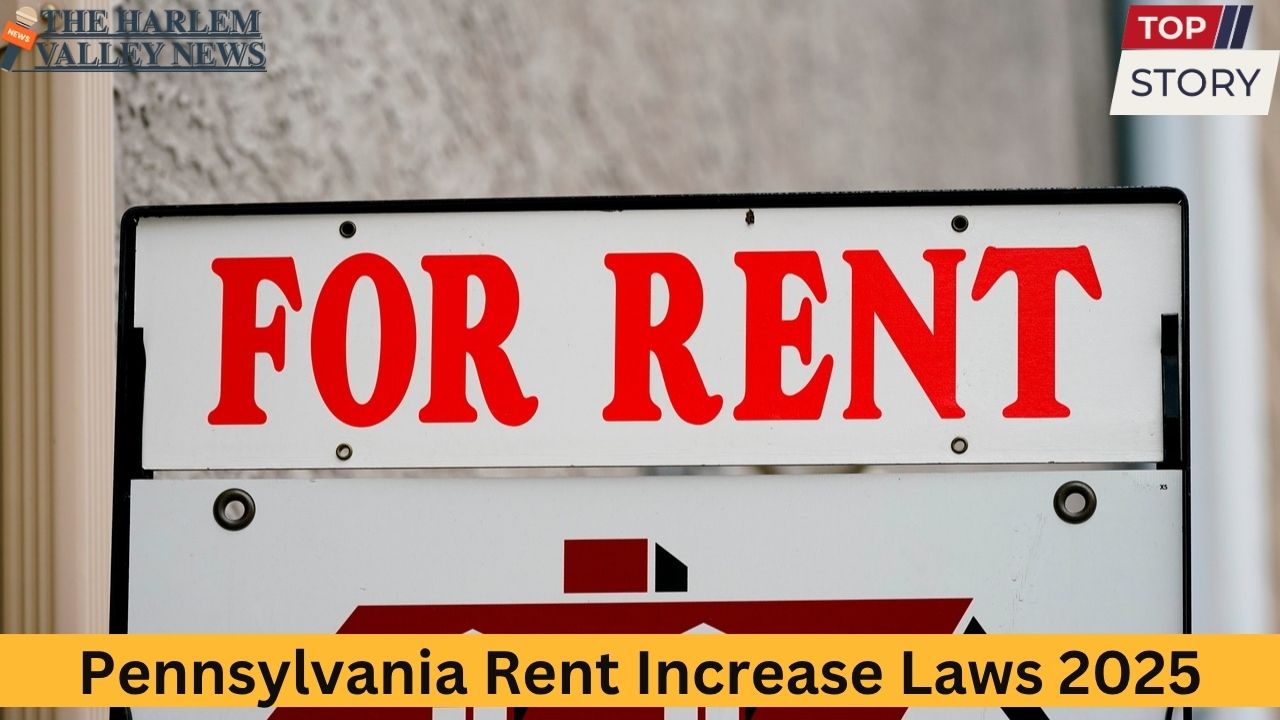




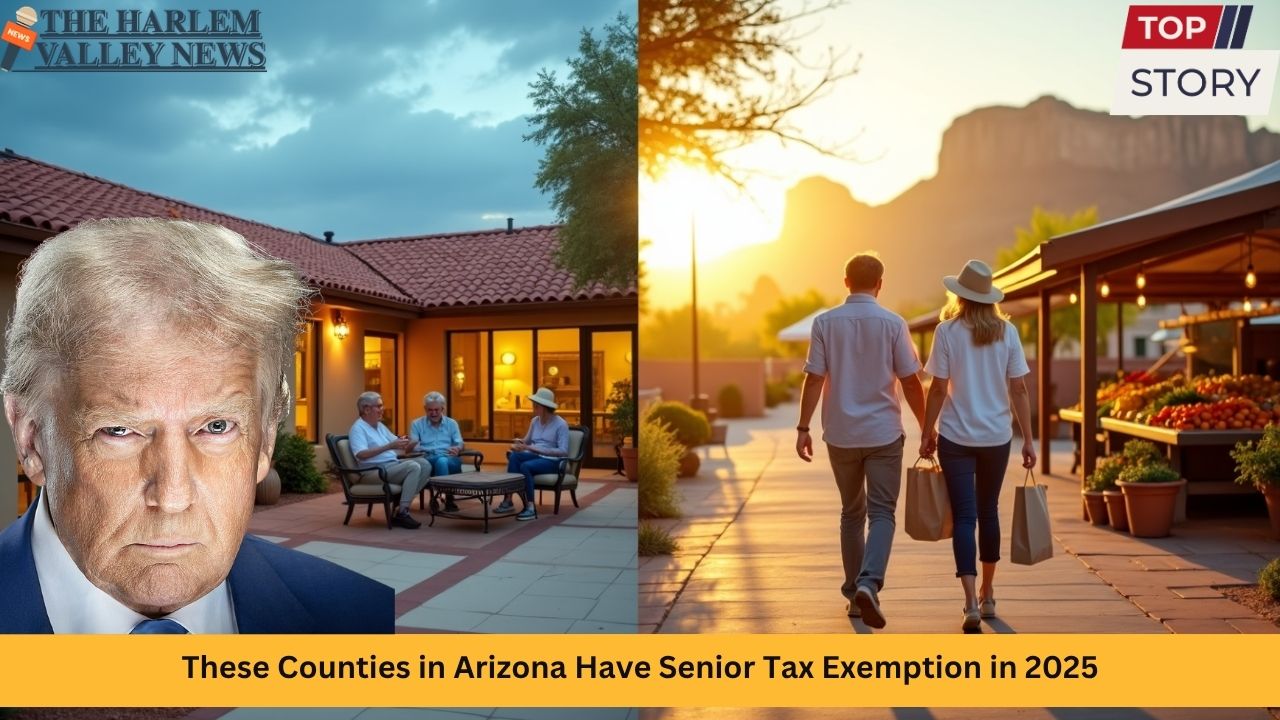

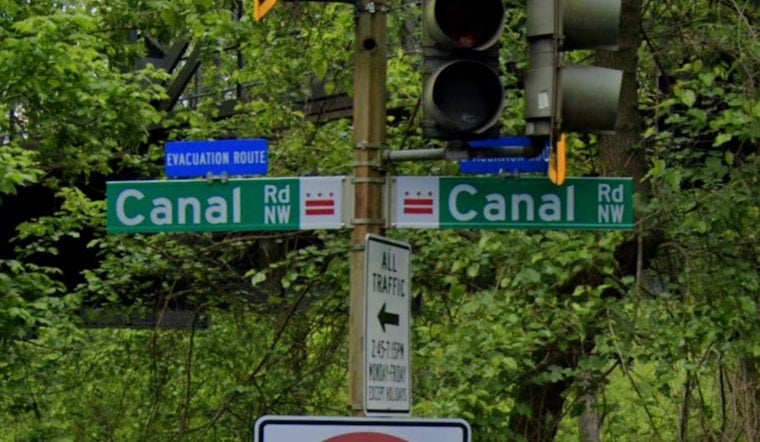
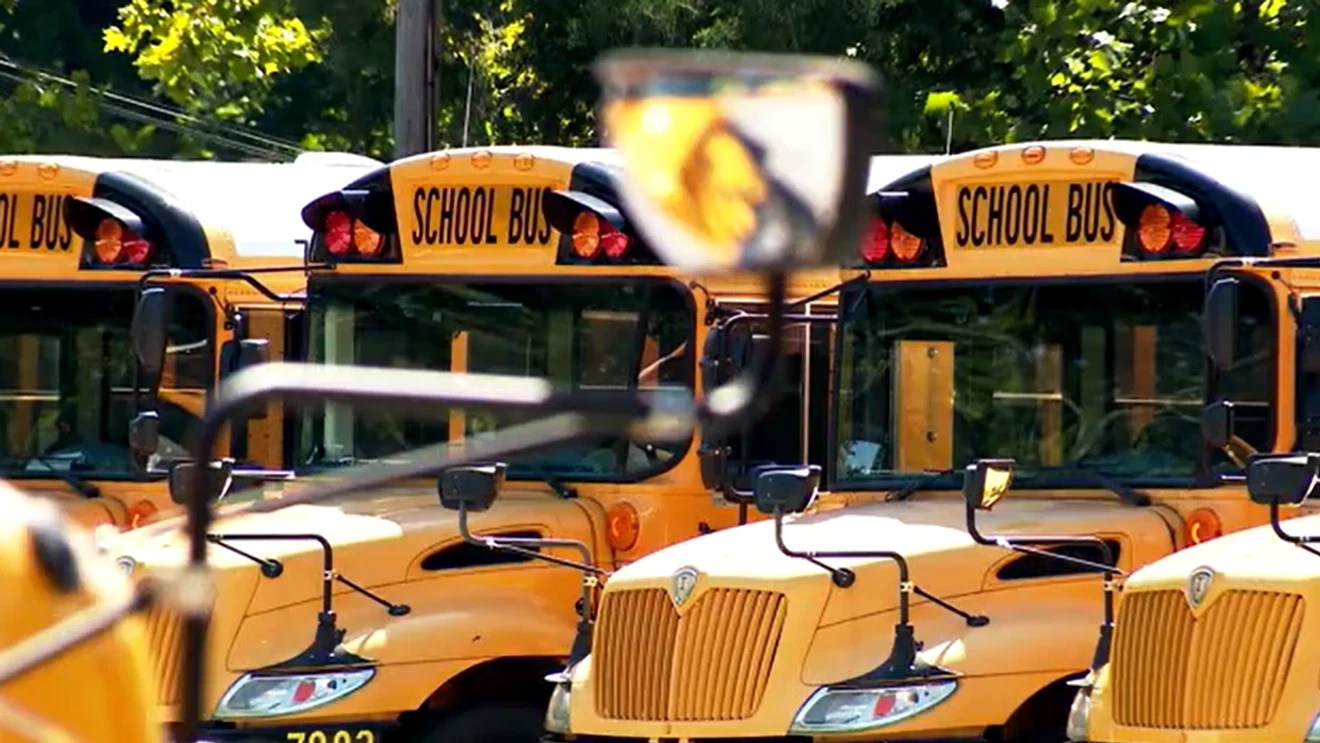
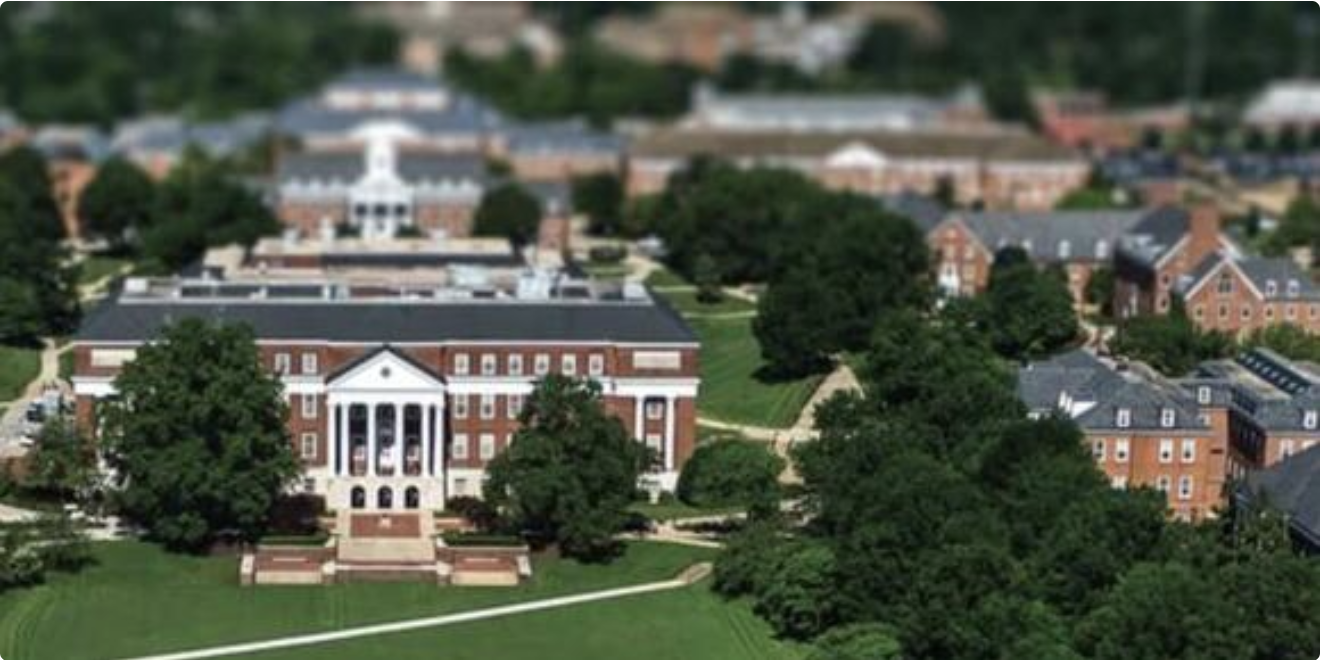
Mike
WTF … Why is there a photo of the fascist orange dictator included in the article about the Pennsylvania property tax rebate program?
IT’S A STATE PROGRAM, NOT FEDERAL!
That photo should have been one of Governor Shapiro!